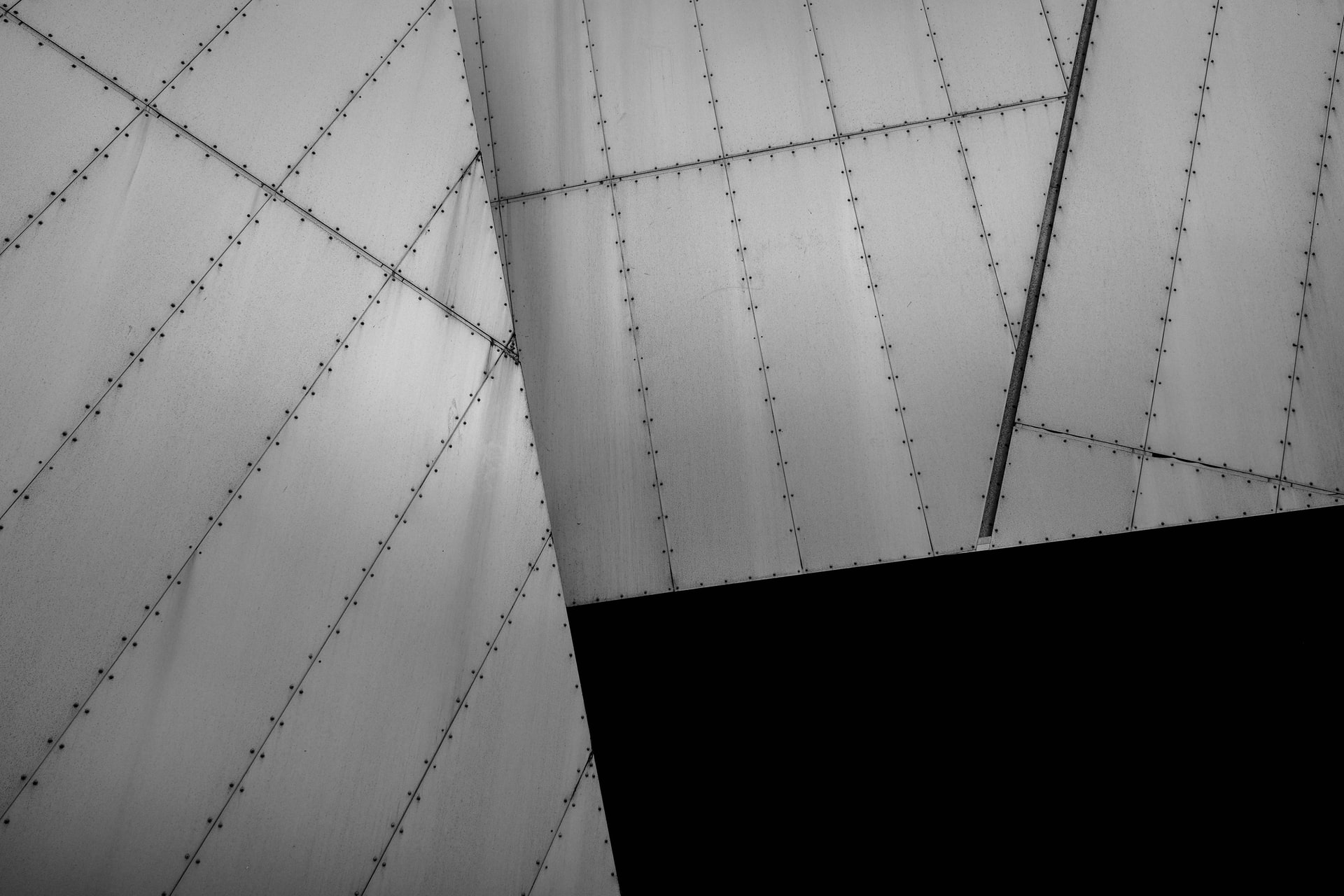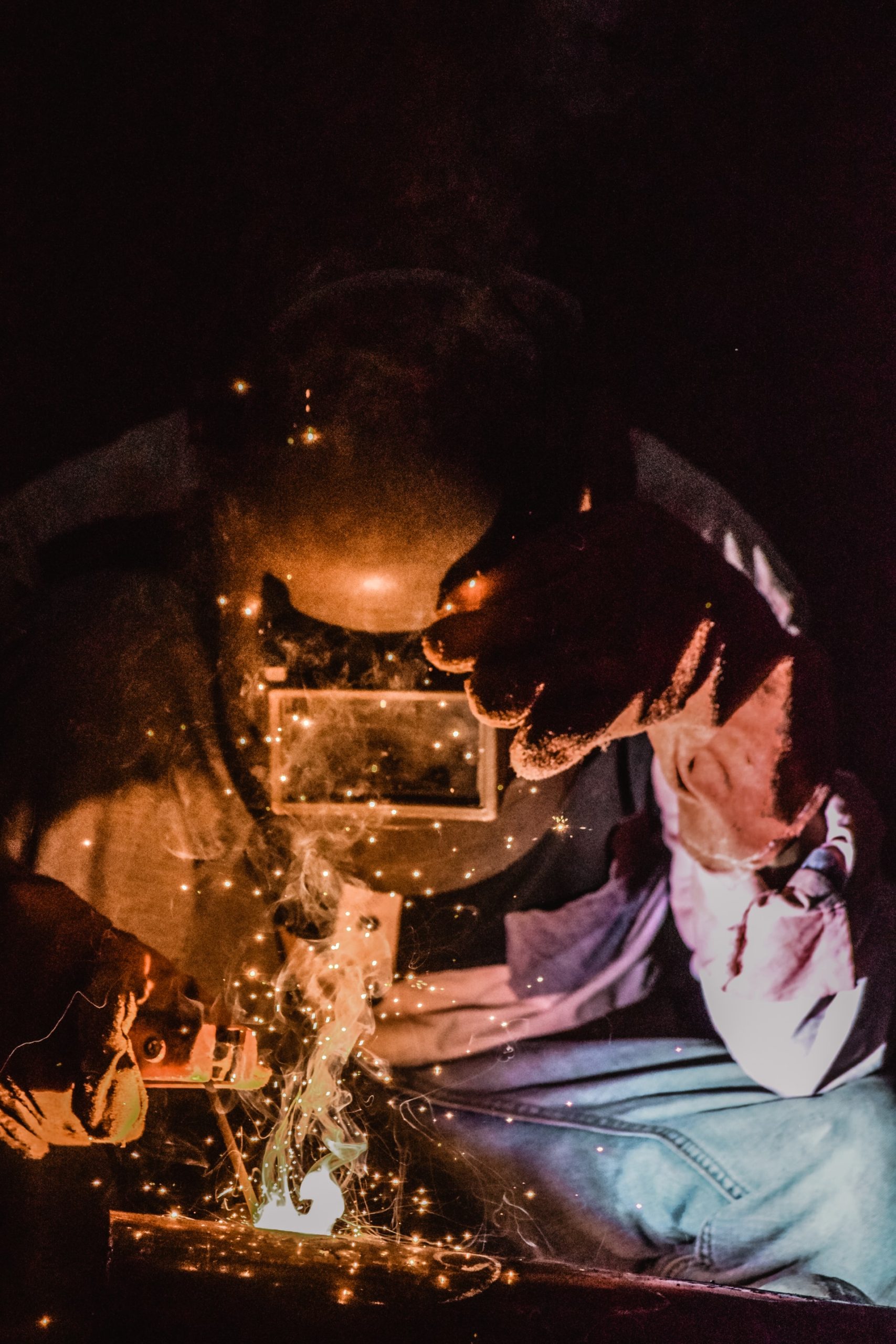Assembling a do-it-yourself (DIY) metal building can be challenging, whether you’re a seasoned handyperson or a construction project rookie. And while manufacturers guarantee a fast and easy construction, multiple things can impede your project goals if you’re not careful.
As a non-traditional building construction method, building a steel structure requires proper preparation and site evaluation. Ahead, you’ll find valuable tips in making your first metal building project a success.
IMAGE: UNSPLASH
The Do’s Of DIY Metal Building Construction
Like other building projects, a metal building construction must involve due diligence and accuracy. Here’s a helpful resource in addition to the points discussed below:
1. Do Visit Local Building Officials
No matter how simple, any construction project must be coordinated with local authorities for proper information on zoning, permits, and other specific construction regulations. Each state has its building code that builders must know and comply with. Find which documents you must obtain to start your DIY steel building project. Failure to do so can lead to costly mistakes and a waste of time, especially if your work is unpermitted.
2. Do Ask For Soil Testing
Some may think this is unnecessary and time-consuming because metal is lighter than most construction materials like wood and concrete. Contrary to this notion, soil testing is vital in ensuring that your project site is safe to build—whether you’re using traditional or non-traditional materials. The ground that you’re planning to place our metal building on must support the structure and prevent your metal structure from crumbling.
3. Do Check Your Kit For Complete Parts
Putting together a steel building isn’t the same as installing metal roofing. As such, the kit will have numerous parts and attachments, and fasteners, among other items. Once the equipment arrives at your doorstep, ask someone to help you conduct an inventory. Take note of all the things and ensure that they’re accurate. If you discover any discrepancies, get in touch with the manufacturer right away.
4. Do Read The Instructions And Follow Them Diligently
Apart from checking the kit for complete parts, it’s also vital to read through and familiarize yourself with the installation guide. The document often includes a list of the items, specifications, and instructions on how to assemble the building accurately. For instance, there are different fasteners and multiple ways to install them. Following the guide to a tee guarantees a more successful project.
The Don’ts Of DIY Metal Building Construction
Now that you know what to do for a successful project, find out what to avoid in your first metal building endeavor. Before preparing your essential DIY tools, take heed of the following reminders:
1. Don’t Buy From Unethical Manufacturers Or Dealers
Don’t fall into the trap of choosing the cheapest option available on the market. As with other purchases, when something seems too good to be true, it probably is. Before engaging with a company, make sure to perform due diligence and research about their business. Check online and in-person sources and visit the company. Moreover, you can ask for references and reach out to former clients.
2. Don’t Disregard Safety Measures
DIY metal kits may not require professional intervention, but it doesn’t give you any reason to build without practicing preventive measures. Besides wearing safety gear—like gloves, safety goggles, and sturdy shoes—keep a complete first aid kit ready and emergency numbers visible to every family member.
At the same time, constructing a steel building will require you to use electric-powered tools such as a drill, grinders, and metal saws. Ensure your power source is kept away from water and free from clutter. Fall protection equipment like lanyards and harnesses is vital, even if you’re only constructing a one-story building. Also, avoid working during the rainy season or when it’s snowing due to reduced visibility.
3. Don’t Skip Or Alter The Steps
Do it if the installation guide tells you to cut the insulation material to size before attaching it to the metal panels. While placing the material after panel installation saves time, doing this may lead to aesthetic and functional issues down the road. The same is true when setting and installing fasteners. There’s always a reason why they’re of different lengths, shapes, and sizes—and it has to do with keeping the building safe and structurally sound.
In Conclusion
Compared to traditional construction materials, metal requires the least amount of maintenance. Regularly wiping surfaces can help prevent the formation of stains or corrosion. Hence, after the installation process is complete, it is important to remove the extra metal shavings and other foreign objects as soon as possible. Leaving them on the surface for a long while can expose the metal to moisture and air, which leads to corrosion. Rusting can eventually weaken the metal and affect the strength and stability of your metal building.
IMAGE: UNSPLASH
If you are interested in even more technology-related articles and information from us here at Bit Rebels, then we have a lot to choose from.


COMMENTS